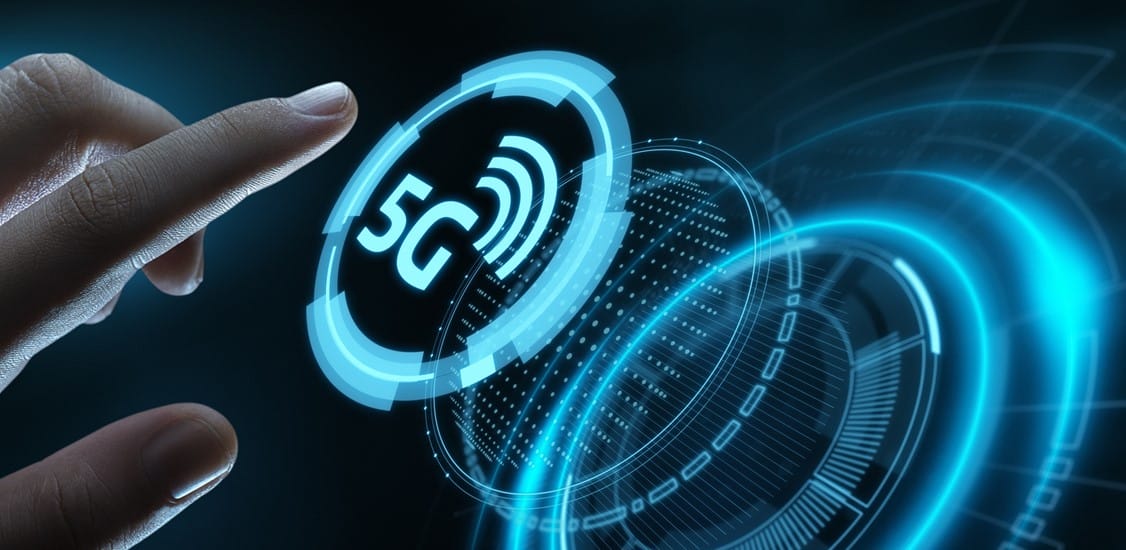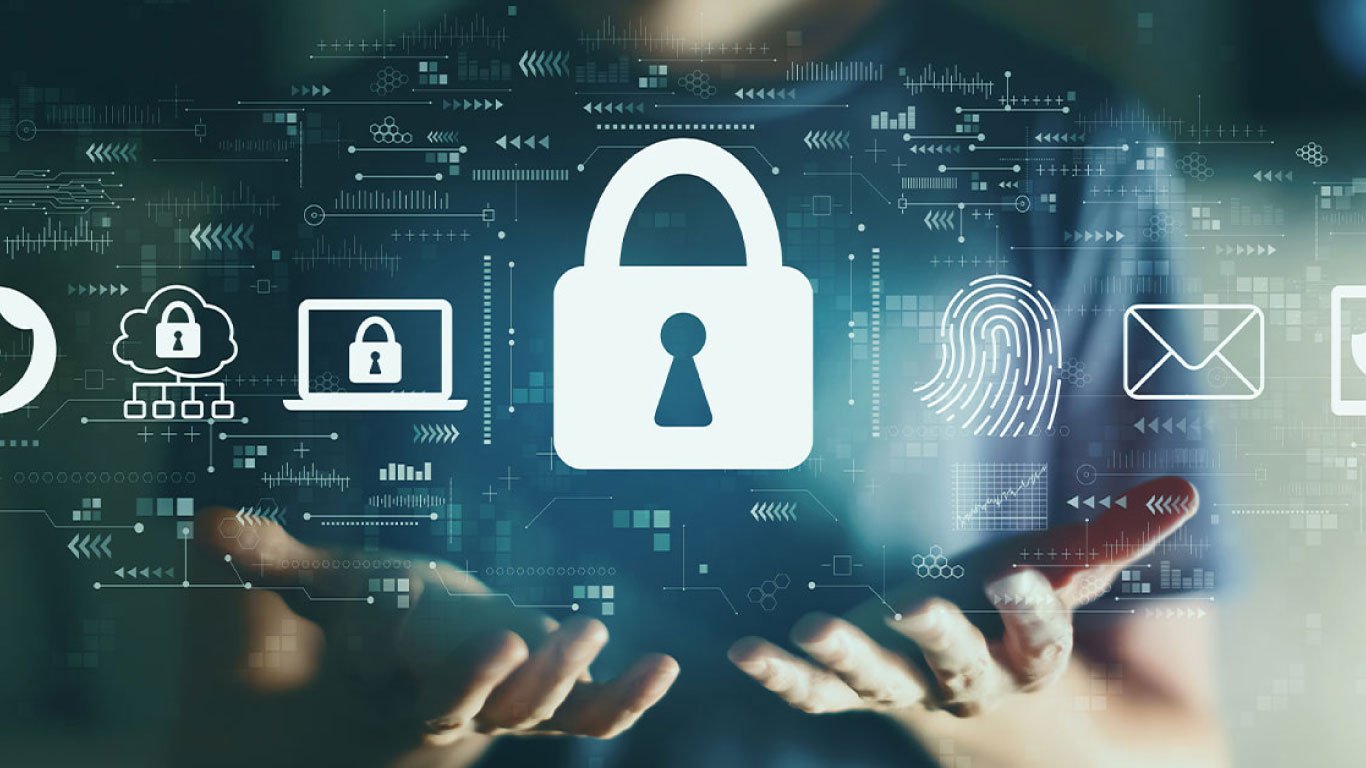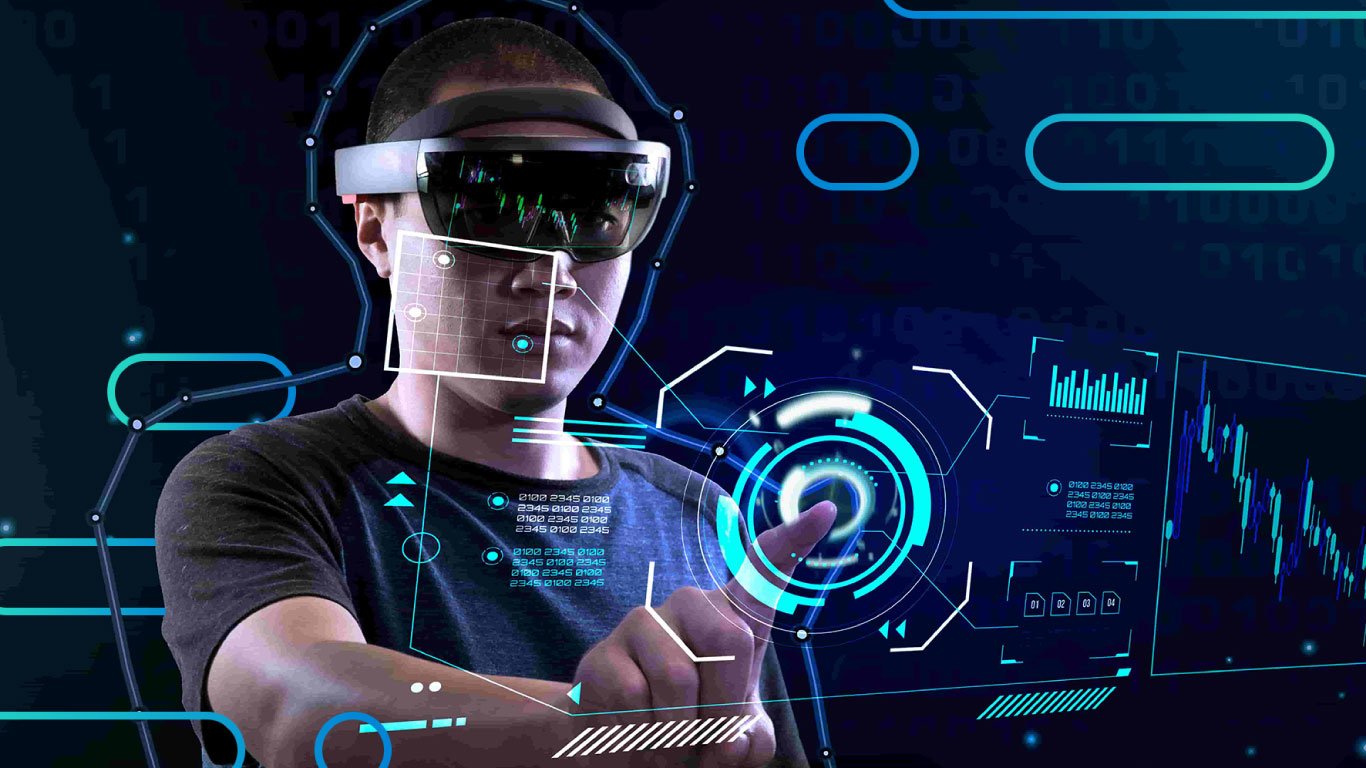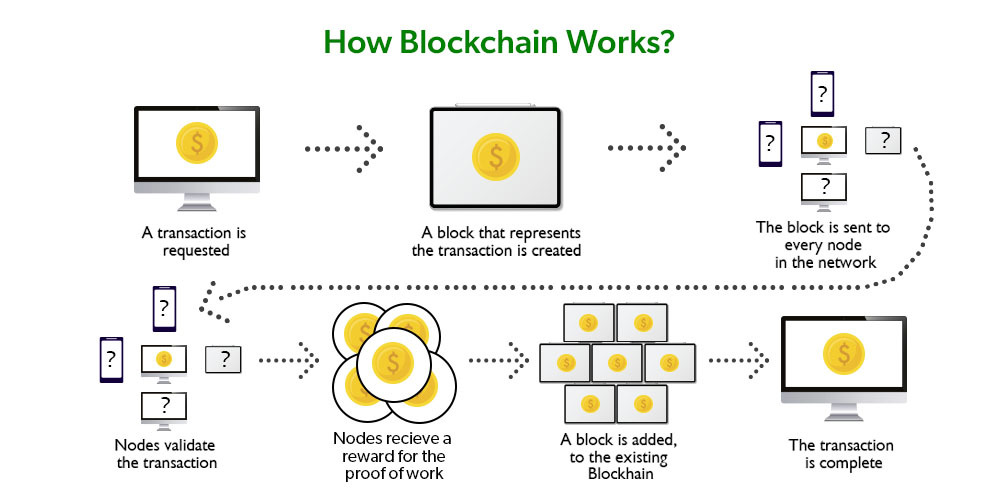Table of Contents
Introduction to 5G Technology
5G technology has emerged as the latest generation of wireless communication, bringing significant advancements in connectivity and reshaping the digital landscape. Building upon its predecessors, 5G aims to revolutionize communication networks, offering faster speeds, lower latency, and expanded capacity. This article explores the evolution of 5G technology and its profound impact on connectivity across various industries and daily life.
The Key Features and Advancements of 5G technology
5G technology introduces several key features that set it apart from previous generations. These include:
- Enhanced Speed: 5G offers exponentially faster download and upload speeds compared to its predecessors, enabling seamless streaming, downloading, and data-intensive applications.
- Lower Latency: With significantly reduced latency, 5G enables near real-time communication and faster response times, critical for applications like autonomous vehicles and remote surgeries.
- Increased Capacity: 5G networks can support a vast number of connected devices simultaneously, facilitating the growth of the Internet of Things (IoT) and the proliferation of smart devices.
- Network Slicing: 5G introduces network slicing, allowing the creation of virtual networks optimized for specific use cases, ensuring optimal performance and tailored services.
The Impact of 5G Technology on Connectivity
5G technology has a transformative impact on connectivity across various domains, revolutionizing how we interact, communicate, and conduct business. Some notable areas where 5G makes a significant impact include:
Enhanced Mobile Broadband and Faster Speeds
One of the primary benefits of 5G is the significant improvement in mobile broadband speeds. Users can experience blazing-fast download and upload speeds, making activities such as streaming high-quality videos, online gaming, and large file transfers seamless and virtually instantaneous.
IoT Connectivity and Smart Devices
5G’s increased capacity and low latency are instrumental in driving the growth of the Internet of Things (IoT). The ability to connect and communicate with a multitude of smart devices, ranging from smart homes and wearables to industrial sensors and autonomous machines, becomes more viable and efficient with 5G technology.
Transforming Industries with 5G Technology
The implementation of 5G technology has the potential to revolutionize industries and drive innovation. Sectors such as healthcare, manufacturing, transportation, and entertainment can leverage the enhanced connectivity and capabilities of 5G to streamline operations, improve efficiency, and enable novel services and experiences.
Improved Communication and Reduced Latency
The low latency offered by 5G enables near-instantaneous communication, benefitting applications that require real-time interaction. This has significant implications for industries like gaming, virtual reality (VR), augmented reality (AR), and remote collaboration, enhancing user experiences and opening up new possibilities.
5G and Autonomous Vehicles
The advancements in 5G technology play a vital role in the development and deployment of autonomous vehicles. The ultra-low latency and reliable connectivity of 5G enable vehicle-to-vehicle (V2V) and vehicle-to-infrastructure (V2I) communication, enhancing safety, navigation, and overall efficiency of autonomous transportation systems.
Challenges and Considerations with 5G Implementation
While 5G holds immense potential, its implementation does come with challenges and considerations that need to be addressed:

5G technology
Security and Privacy Concerns
As 5G networks expand, ensuring robust security measures becomes paramount. The interconnectedness and increased reliance on 5G networks create potential vulnerabilities that cybercriminals could exploit. Therefore, comprehensive security frameworks and protocols must be in place to protect data, privacy, and critical infrastructure.
Infrastructure Requirements for 5G
The deployment of 5G networks requires substantial infrastructure upgrades, including the installation of new base stations and antennas. The densification of network infrastructure and the need for extensive fiber-optic networks pose logistical and cost challenges for widespread 5G implementation.
5G Deployment and Global Adoption
5G deployment varies across different regions and countries. While some nations have already launched commercial 5G networks, others are still in the early stages of implementation. The global adoption of 5G is a complex process involving regulatory considerations, spectrum availability, and infrastructure development.
The Future of 5G Technology
Looking ahead, the future of 5G technology holds immense promise. As the technology continues to evolve, we can expect further advancements in areas such as edge computing, network slicing, and the integration of 5G with emerging technologies like artificial intelligence (AI) and the IoT. These developments will unlock new possibilities, shape industries, and redefine connectivity in unprecedented ways.
Conclusion
5G technology is revolutionizing the digital landscape, offering faster speeds, lower latency, and enhanced connectivity. Its impact spans across various domains, from mobile broadband to IoT, industries, and autonomous vehicles. However, challenges such as security and infrastructure requirements need to be addressed for the widespread adoption of 5G. As we move forward, 5G will continue to shape the future of connectivity, enabling innovative services, transforming industries, and paving the way for a more connected and advanced digital world.
FAQs (Frequently Asked Questions)
- What is 5G technology? 5G technology is the latest generation of wireless communication that brings faster speeds, lower latency, increased capacity, and advanced features compared to previous generations.
- How does 5G impact connectivity? 5G improves connectivity by offering enhanced mobile broadband, supporting IoT devices, transforming industries, enabling real-time communication, and driving the development of autonomous vehicles.
- What are the challenges with 5G implementation? Challenges with 5G implementation include security and privacy concerns, infrastructure requirements, regulatory considerations, and varying global adoption rates.
- How does 5G benefit industries? 5G benefits industries by streamlining operations, improving efficiency, enabling innovative services, and enhancing experiences in sectors such as healthcare, manufacturing, transportation, and entertainment.
- What does the future hold for 5G technology? The future of 5G technology involves further advancements in areas like edge computing, network slicing, integration with emerging technologies, and the continued evolution of connectivity and services.






